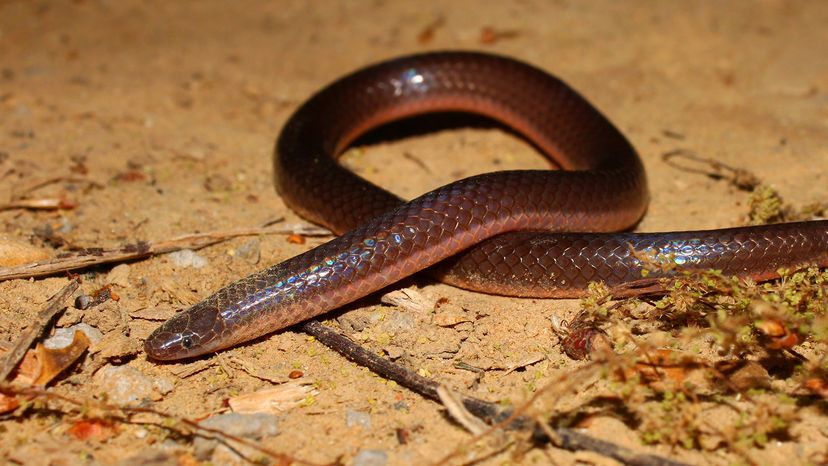
The worm snake might be one of the most elusive and curious creatures you’ve never seen. These small, fossorial snakes spend most of their lives underground or hidden in leaf litter, making them one of the more mysterious members of the reptile world.
Despite their unassuming appearance, worm snakes play a crucial role in their ecosystems. These little snakes help control populations of soft-bodied insect larvae and other invertebrates, making them important contributors to the health of the forests and woodlands they call home.
Advertisement
Let’s dig deeper into what makes worm snakes so special.